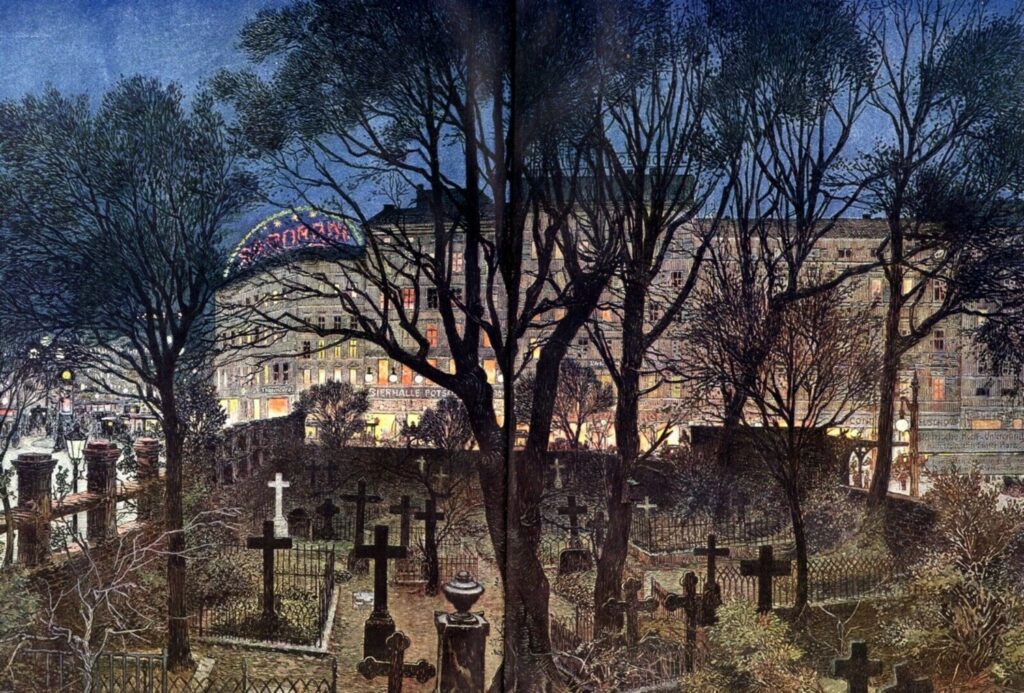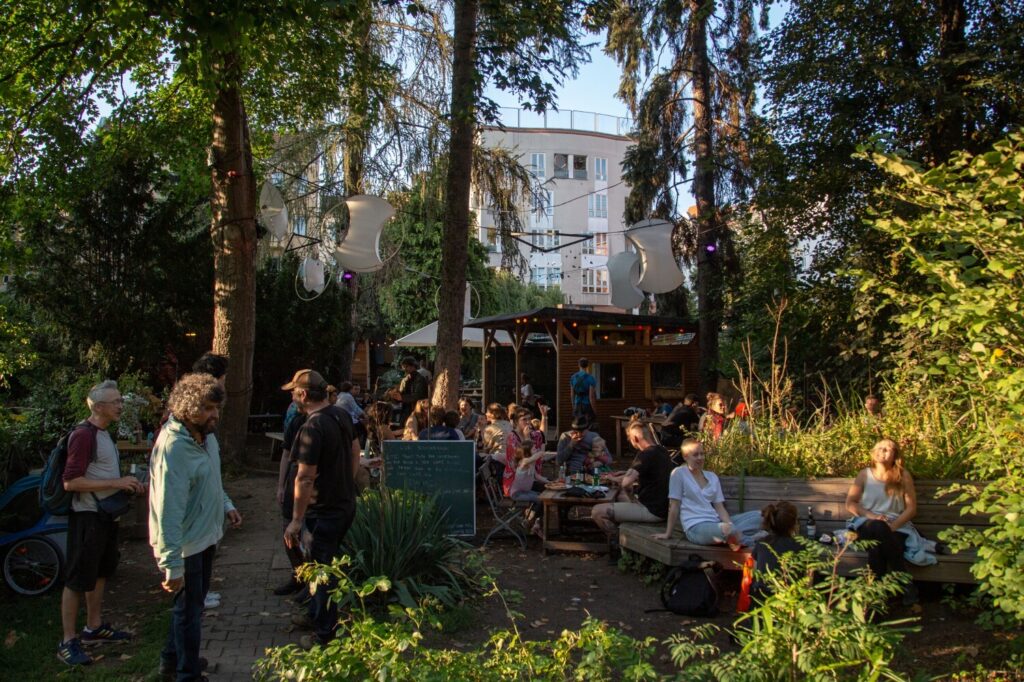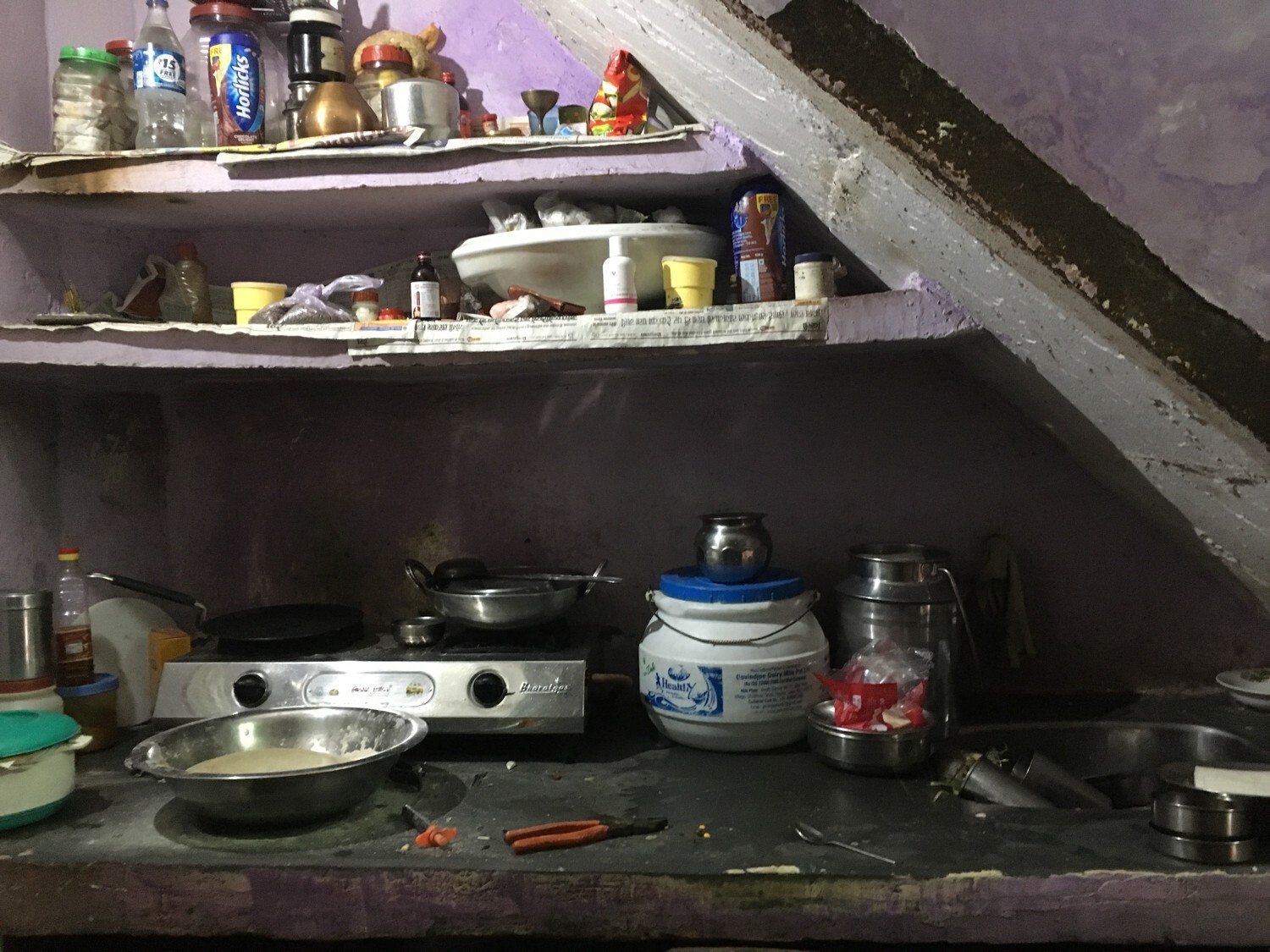by samuel holleran
introduction

As urban spaces become increasingly crowded, cities around the world are seeking innovative solutions to balance the needs of their inhabitants with the challenges of rapid growth. In Berlin, a unique approach to this problem has emerged, as the city’s empty cemeteries are transformed into green infrastructure.
In a new article, free to read on the taylor and Francis website, I explore the fascinating story of how declining burial rates and limited grave tenure have led to the repurposing of many cemeteries in Germany’s capital. Through interviews, photographs, and participant observation, the piece delves into the emotional and political complexities surrounding the transition from sites of memorialization to neighborhood amenities. click here to access the full article.
Amidst skyrocketing land values and the intensifying competition for space, Berlin’s Protestant Cemetery Association has invited community groups to ‘activate’ several of their sites, normalizing activities such as guerilla gardening, beekeeping, and dog walking. As these cemeteries gradually transform into urban green spaces, they provide a unique opportunity to explore the power of greening as something akin to a civic religion in Germany.
However, the future of these ageing cemeteries, many of which will close completely within the next decade, remains uncertain. With competing promises to use these desanctified lands for housing and community facilities, as well as climate-mitigating parklands, the struggle between densification and urban greening is far from over.
Curious to learn more about this fascinating intersection of urban development, environmentalism, and cultural change? Head over to the Taylor and Francis website to read the full article and explore further the rich visual documentation.






